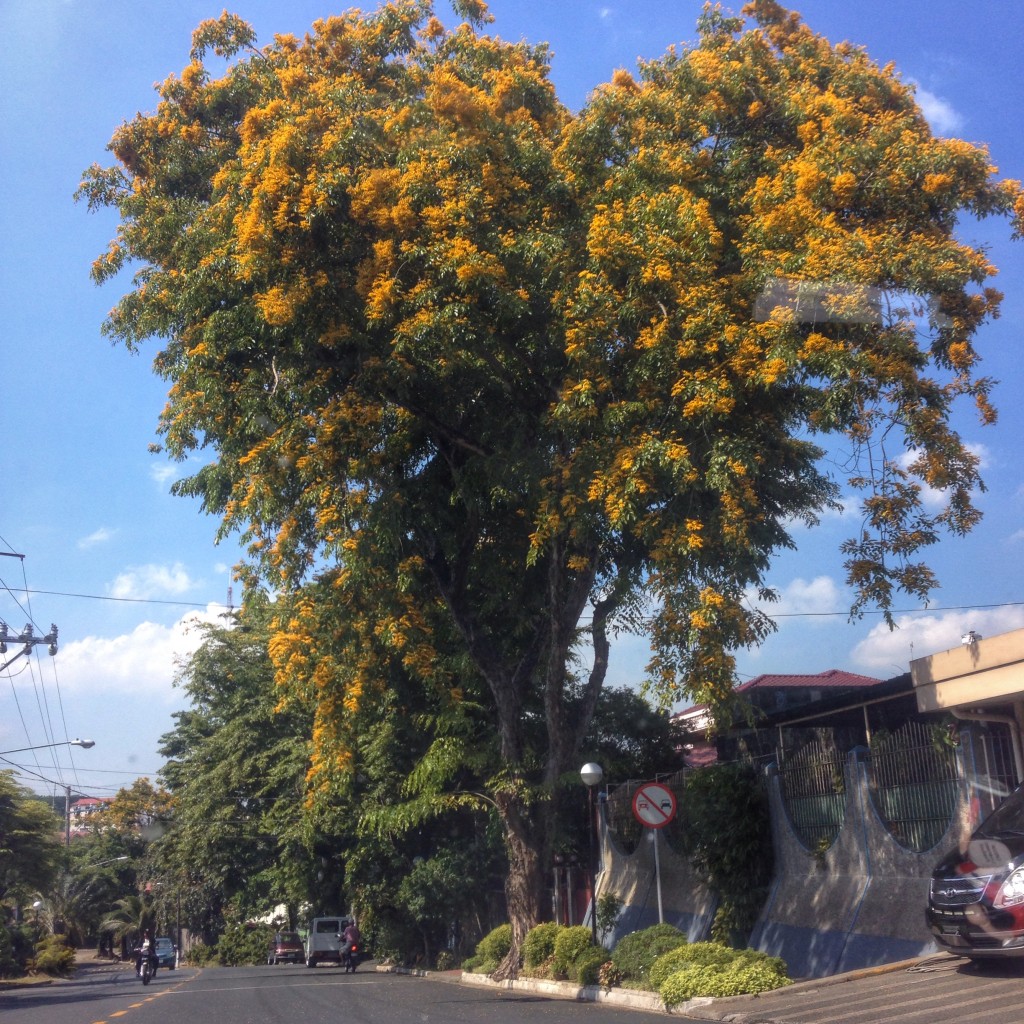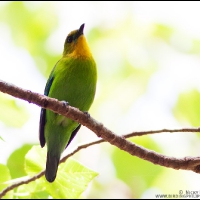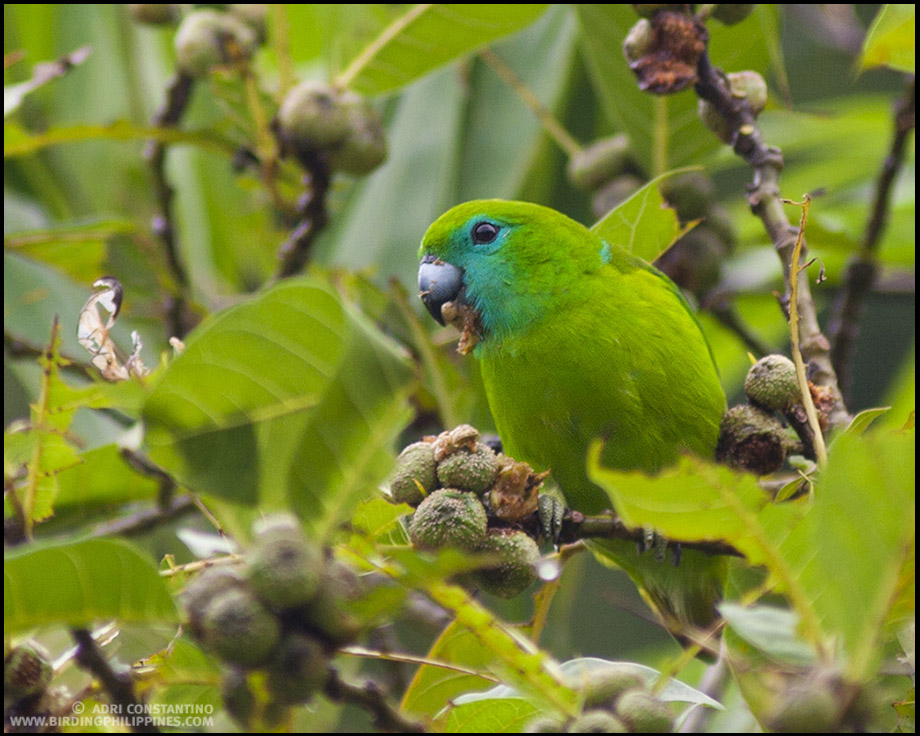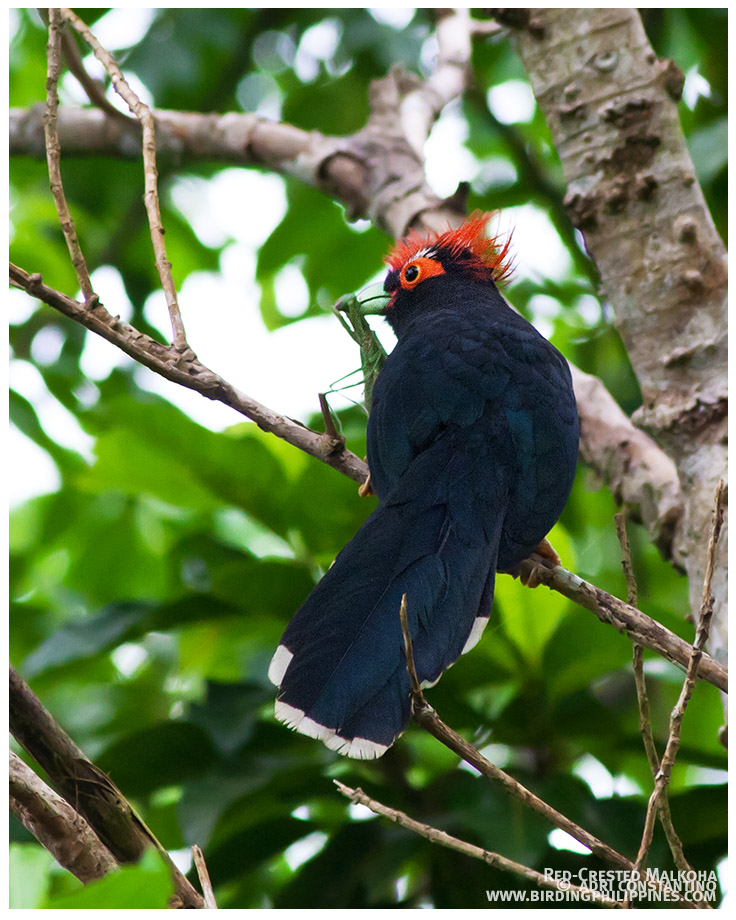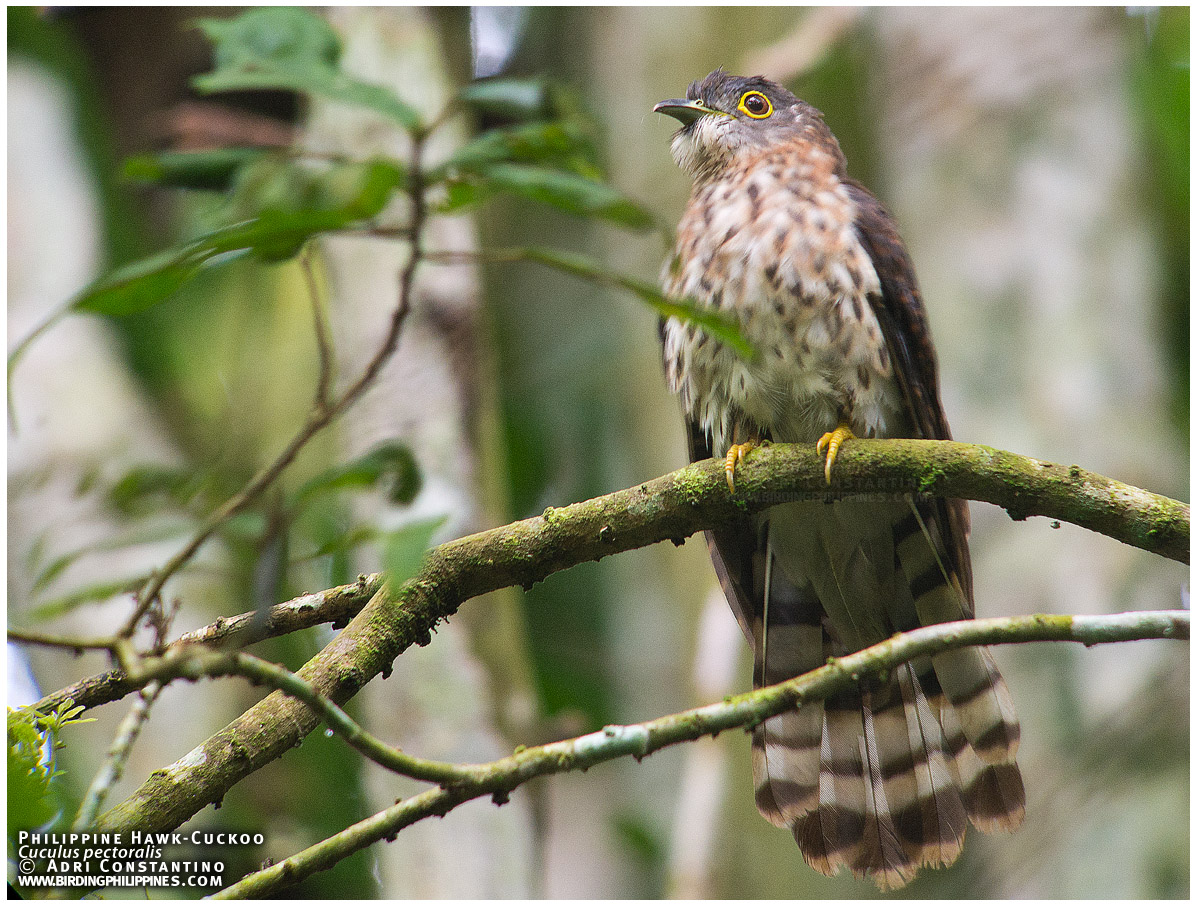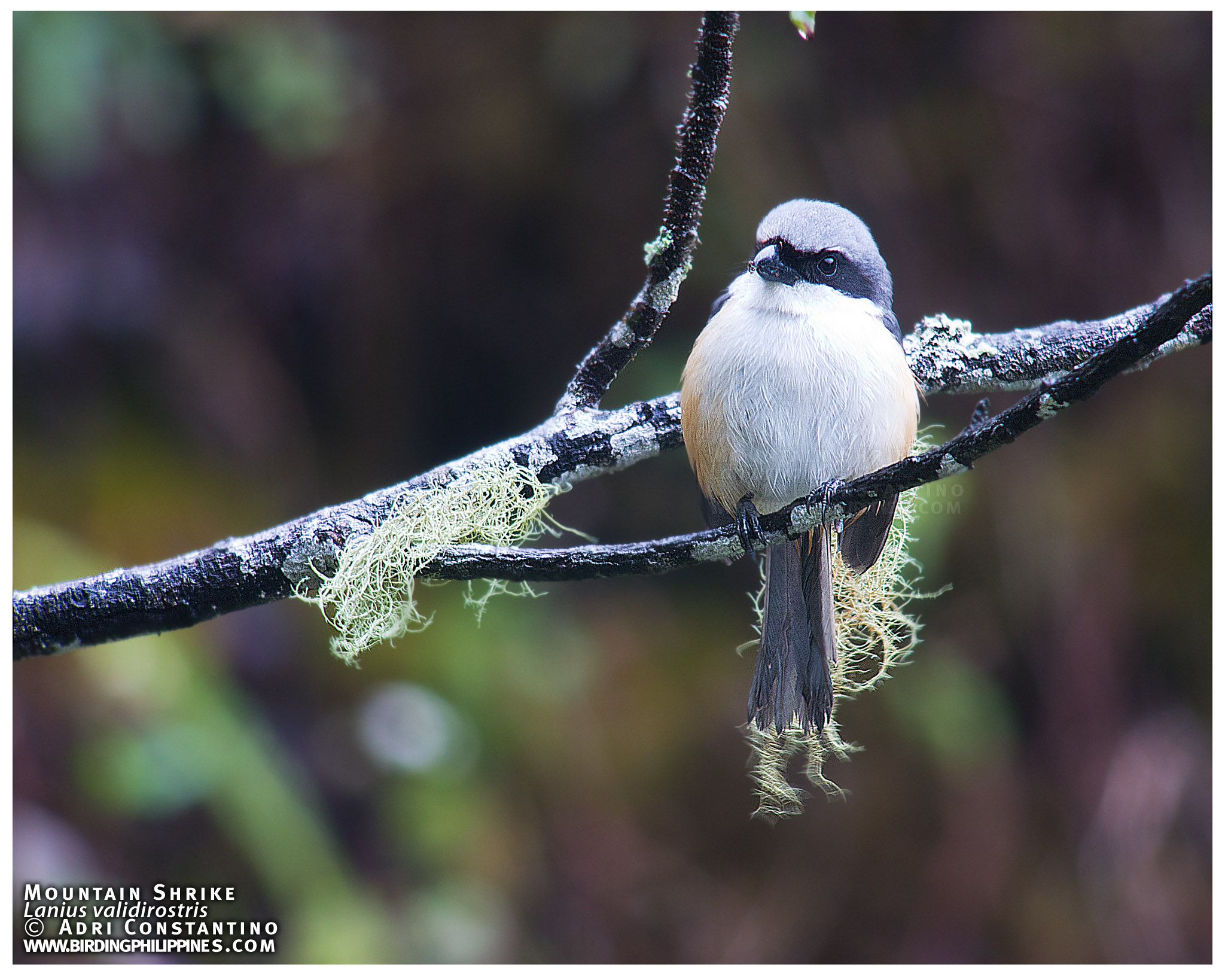Baliccasiao
Balicassiao, an endemic drongo found only in the forests of Luzon, Masbate, Mindoro, Negros and Panay, and Cebu. It is a common bird in the forest and forest edge and characterized by its glossy black plumage. It is a very raucous and noisy denizen of the forest, with bird calls a mixture of melodious whistles and screeches and metallic tinkling sounds. It mostly travels in small groups, together with Rough-crested Malkoha and Scale-feathered Malkohas (in Luzon) and other small birds (in other islands).
This one was digiscoped from quite a distance away in the forests of Subic. If we compute for the 35 mm equivalent focal length for this shot, it will be a whopping 3200 mm! Some of the wonders of digiscoping. 🙂
Balicassiao Dicrurus balicassius
April 2016, Subic, Zambales, Luzon, Philippines
Video by Adrian Constantino
Digiscoped with a Swarovski ATM 80 HD, Panasonic G3 with a Canon 40mm lens coupled with Swarovski Universal Camera Adapter.

